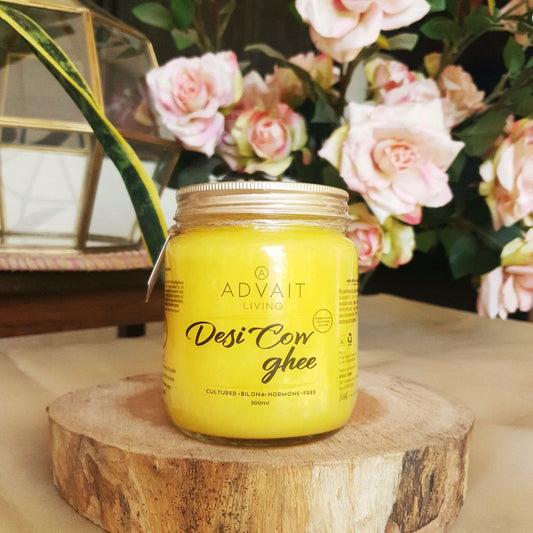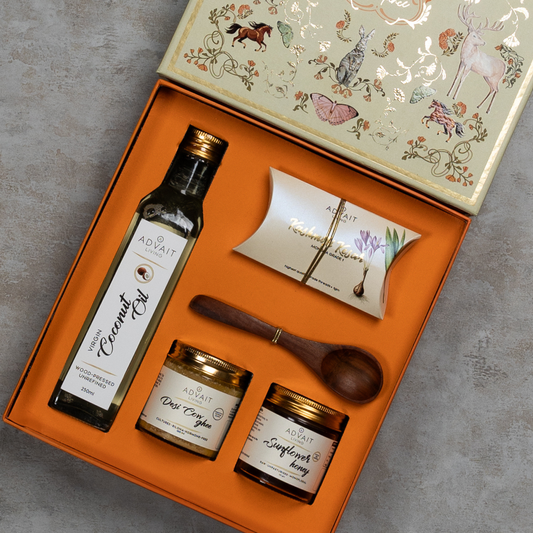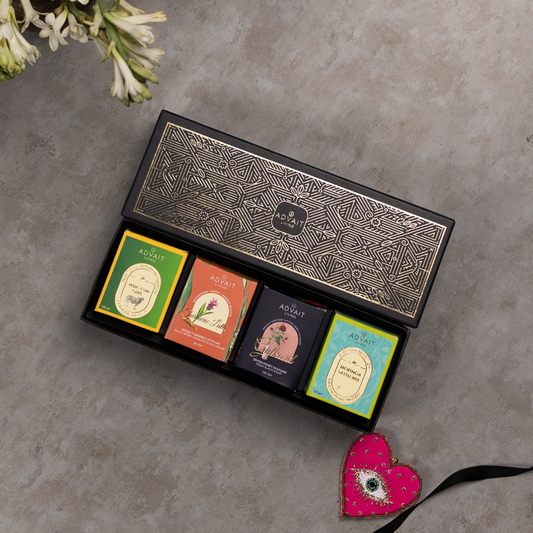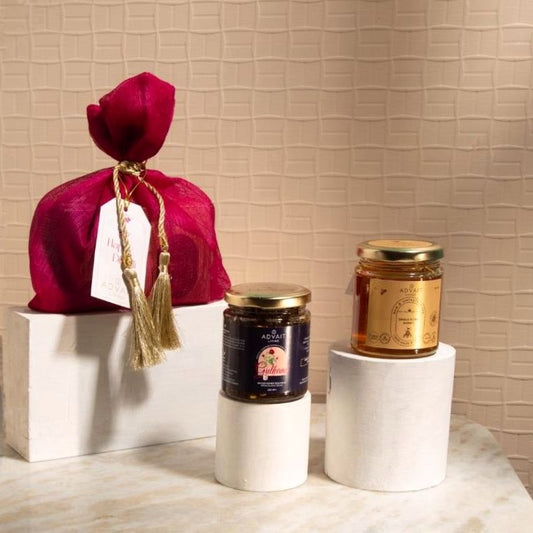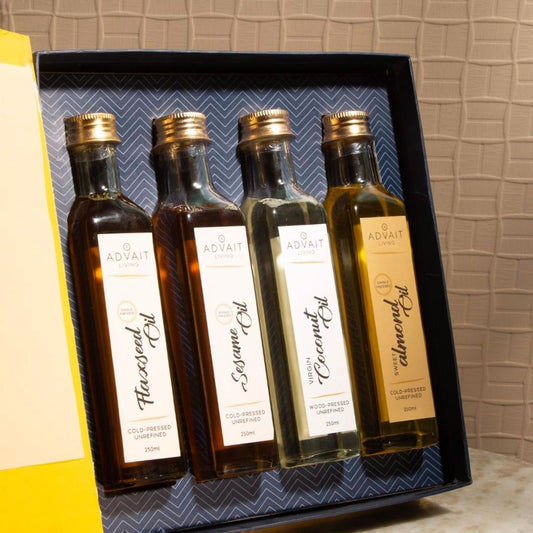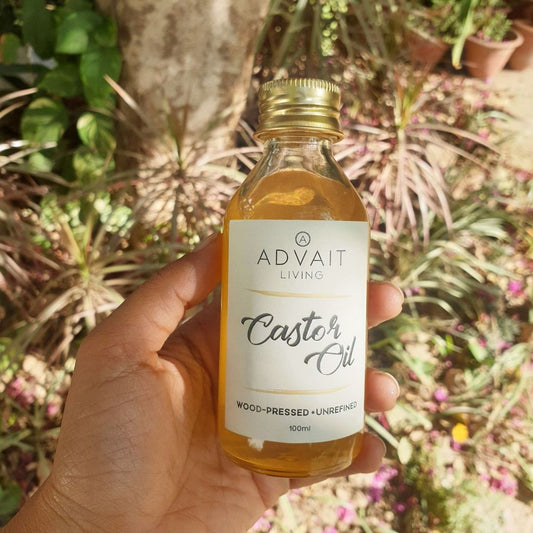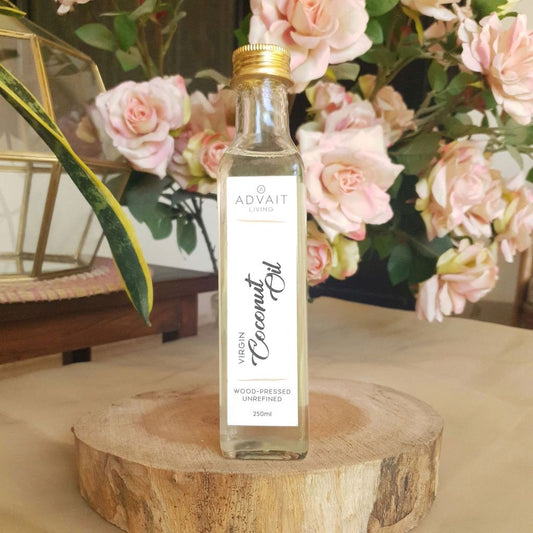Indian markets have recently seen a new entrant, making tremendous noise, called ‘A2 Ghee”. Even celebrity dieticians and nutritionists are talking about A2 ghee and its benefits. But what is it? How is it different from the ghee available regularly in the market? And is it really beneficial for health as many claim?
A1 & A2 Protein
The term ‘A2’ is the key identifier for A2 ghee. A2 mainly refers to the presence of ‘A2 protein’ in the milk used to prepare the ghee, and that is why it is called ‘A2 Ghee’.
All milk consists of proteins, among them is the casein protein that makes up almost 80% of total protein content. Caseins are insoluble milk proteins present in various forms, and two of the most common ones are
- A1 Beta-casein
- A2 Beta-casein
A2 protein is considered the oldest variant. Other variants, including A1, originated from A2 as a natural mutation (1). It has been seen that milk from breeds of cows such as Holstein, Friesian, Ayrshire, and British Shorthorn (mostly of European origin) generally has a high A1 beta-casein protein present. Whereas the A2 protein is mostly found in milk from breeds of cows commonly native to India and some to France. Native Indian cow breeds include Gir, Rathi, Karkraj, Tharparkar, Sahiwal and others that have originated in India and are generally found in remote parts of the country.
BCM-7
Some research indicates that A1 protein may be linked to type 1 diabetes, heart disease, infant death, autism, and digestive problems (2, 3, 4, 5). This is because A1 protein releases BCM-7 (Beta-casomorphin-7), an opioid peptide, when digested and may be especially harmful for children (6,7).
Digestive Health
There is growing evidence to suggest that A1 beta-casein may trigger adverse digestive symptoms in some people and be linked to milk intolerance (8,9). Studies also indicate that A1 protein may also increase inflammation in the digestive system (10,11).
Quality of Milk
While the A1 & A2 protein is one aspect in the making of ghee, the quality of milk obtained directly depends upon the cattle-rearing practices. Cattle reared in factories are kept in small spaces all their lives, and may sometimes not even see sunlight and exercise. They are also usually given poor diets without much nutrition. Milk produced from such practices is highly sub-standard, even if it has A2 protein.
In India, micro farmers are the largest source of milk collection drives. These farmers usually keep a small range of cows (or buffalo) and, as a practice, keep them as part of their family. The majority of the farmers pasture-graze the cattle every day. The cows eat natural grass, herbs and medicinal plants. These cows also get adequate exercise and exposure to the sun. Because cows are an important source of the farmer’s income, they are usually not mistreated. All this ensures a higher quality of milk as compared to factory-reared cattle.
In India, remote parts of the country still have native breeds of cows such as gir, rathi, karkraj, tharparkar, sahiwal and others. Because these breeds naturally originated in these regions, they are highly adaptable to the environment and have a stronger immune response to any infections. Hence, they usually are not given many drugs or supplements. While these breeds are making a comeback, their population is still very tiny as they produce significantly lower yields of milk.
What is A2 Ghee?
A2 ghee comes from A2 milk. Ghee is 99.8% milk fat and is actually a superfood. “Chemically, ghee is a complex lipid of glycerides (usually mixed), free fatty acids, phospholipids, sterols, sterol esters, fat-soluble vitamins, carbonyls, hydrocarbons, carotenoids (only in ghee derived from cow milk), small amounts of charred casein and traces of calcium, phosphorus, iron, etc.” (12).
A2 Ghee Making Process
Ghee can be prepared using many methods. One of the most common processes is to make ghee from cream, also called cream-based ghee or malai-ghee. Another method, which is making a comeback, is the process to make ghee from ‘dahi’ (curd), which is commonly referred to as "dahi-ghee or desi-ghee". The latter process is a more common practice in rural India, where they continue to use traditional ways of making ghee.
- Cream-based or malai-ghee: Indian homes and our moms usually practice making home-made ghee from cream. Typically, cream (or ‘malai’) is collected over several days and frozen. Once enough malai has been collected, it is thawed and churned to get butter. The butter is then simmered to get home-made ghee.
- Cream-based processes are usually adopted for large commercial operations as well. This process reduces fat loss and also improves shelf life.
-
Dahi-based or desi ghee: ‘Dahi’ ghee is made from dahi. Raw milk is collected and boiled to remove any undesired bacteria. A starter culture of 'dahi' (curd) is added to the milk and left till the curd is set. Curd is a probiotic and converts all milk into gut-friendly bacteria. Traditional bilona (bi-directional) churning of curd separates good fat (butter) from buttermilk and whey. Butter is slow-cooked on a low flame and by direct open pan heating to get delicious granular ghee. This also separates all milk solids from butter to significantly increase the heat stability of the ghee. This delicious ghee has natural butyrate and medium soft granules.
Ayurveda’s Recommendation: A2 Desi Cow Ghee
Ghee has a special place in Ayurveda as it is considered an important ingredient for nourishment and healing. It is a premier ‘rasayana’, a food that maintains good health, vitality and longevity. It is also considered sacred and celebrated as a symbol of auspiciousness.
Ayurveda recommends consuming only desi ghee or ‘dahi’ ghee made from grass-fed cow’s milk. The reasons A2 desi cow ghee is making a comeback could be many:
-
Easy digestion: Unlike buffalo milk, cow milk is easier to digest. And hence, ghee made from cow milk is easier to digest. The lactic acid present in A2 desi ghee aids the digestive system and also helps maintain a good metabolism of the body. It can also accelerate digestion and reduce the problem of high acidity, bloating, etc.
-
Nutrition-packed: Unlike cream-based ghee, where only the fat (from milk) is used to make ghee, 'dahi' ghee uses all components of milk that make it richer in vitamins, minerals, fats and carbohydrates, making it more nutritionally packed.
-
Pasture-raised cows: Milk from pasture-raised cows is considered to possess the essence or sap of grass and all plants & herbs that the cows consume, and ghee is the essence of such milk.
-
Rich source of natural iodine: Typically, a good quality and pure A2 ghee is prepared from the milk of grass-fed cows, which makes it a rich source of plant-based Iodine which ranges from 35.53 to 41.24, as compared to buffalo ghee that only ranges from 30.14 to 36.48 (13).
-
Lactose-free: Ghee prepared from cow milk, which is first fermented to make dahi/curd, has zero lactose. The process of fermentation converts the lactose molecules, present in the milk, to lactic acid. Ghee made from such a process is free of any lactose and can be safely consumed by lactose-intolerant individuals.
-
Gut-friendly: Although dahi-ghee is made by fermenting milk, it is not a source of live or active probiotics. However, it still works as a probiotic and is gut-friendly. A2 dahi ghee contains butyric acid, a type of fatty acid, that helps to protect the integrity of the gut wall lining. The colon cells thrive on butyric acid as one of their main sources of energy and their main way to support the health of the intestinal wall. Butyric acid has also been shown to inhibit inflammation. Further, ghee is also a natural laxative and provides lubrication to the gut. It clears the intestinal passage, which improves the movement of waste and reduces the risk of constipation and may help alleviate conditions such as irritable bowel syndrome, etc. Moreover, ghee helps in healing and repairing the stomach lining. This benefit can be specifically helpful for people with IBS or Crohn's disease.
-
Weight-loss: Ghee is a significant source of CLA (conjugated linoleic acid). Studies have shown that CLA may help combat obesity. Some studies also indicate that CLA found in ghee may help reduce excessive weight gain.
-
Handmade or prepared fresh: Unlike commercially available ghee, which is made in large plants, A2 desi ghee is made in small batches and prepared fresh in each batch. This offers more availability of bioactive compounds that are good for you.
-
Granular texture: A2 desi ghee is usually made in an open pan, heating and slow-cooked to get ghee. The entire process, including the slow-cooling method, creates medium soft granules evenly distributed in the ghee. These granules also earmark the quality of the ghee.
-
Great aroma and taste: A2 dahi ghee has immense aroma and flavours. It offers a nice aroma and has a buttery taste because of the initial fermentation process. This enhances the flavours in the food when the ghee is added.
-
Zero preservatives: A2 desi cow ghee is usually free of all preservatives, including butyl hydroxyl anisole (BHA), which is used in commercial ghee to increase shelf life.
Overall, ghee made from either cream or curd, both lubricate joints, is beneficial for skin (ensures stronger immune function, better memory, heart health, and fertility) and also helps assimilation of vitamin D. A balanced diet suggests consumption of two tablespoons of cow’s ghee daily.
Conclusion
A2 refers to the presence of ‘A2 protein’ in the milk; ghee made from A2 milk is called A2 ghee. A2 protein is not the only criterion one should have to evaluate the quality of ghee. Quality of milk, cattle rearing practices and method of making the ghee are all important determinants for good quality of ghee. Ghee is a health booster, offers cooking benefits and is good for the mind and spirit.







